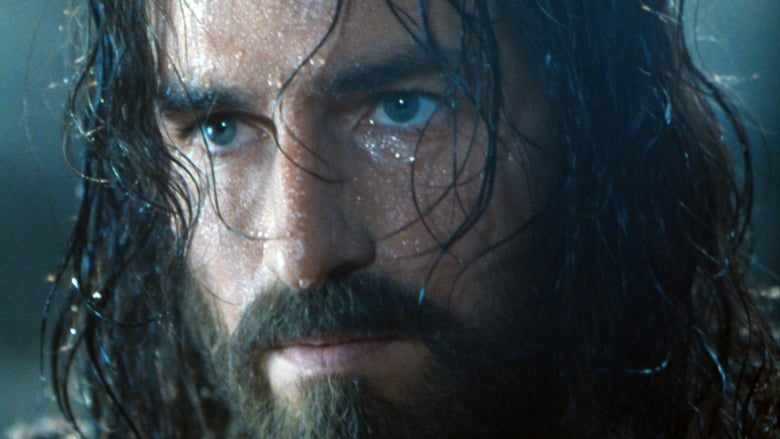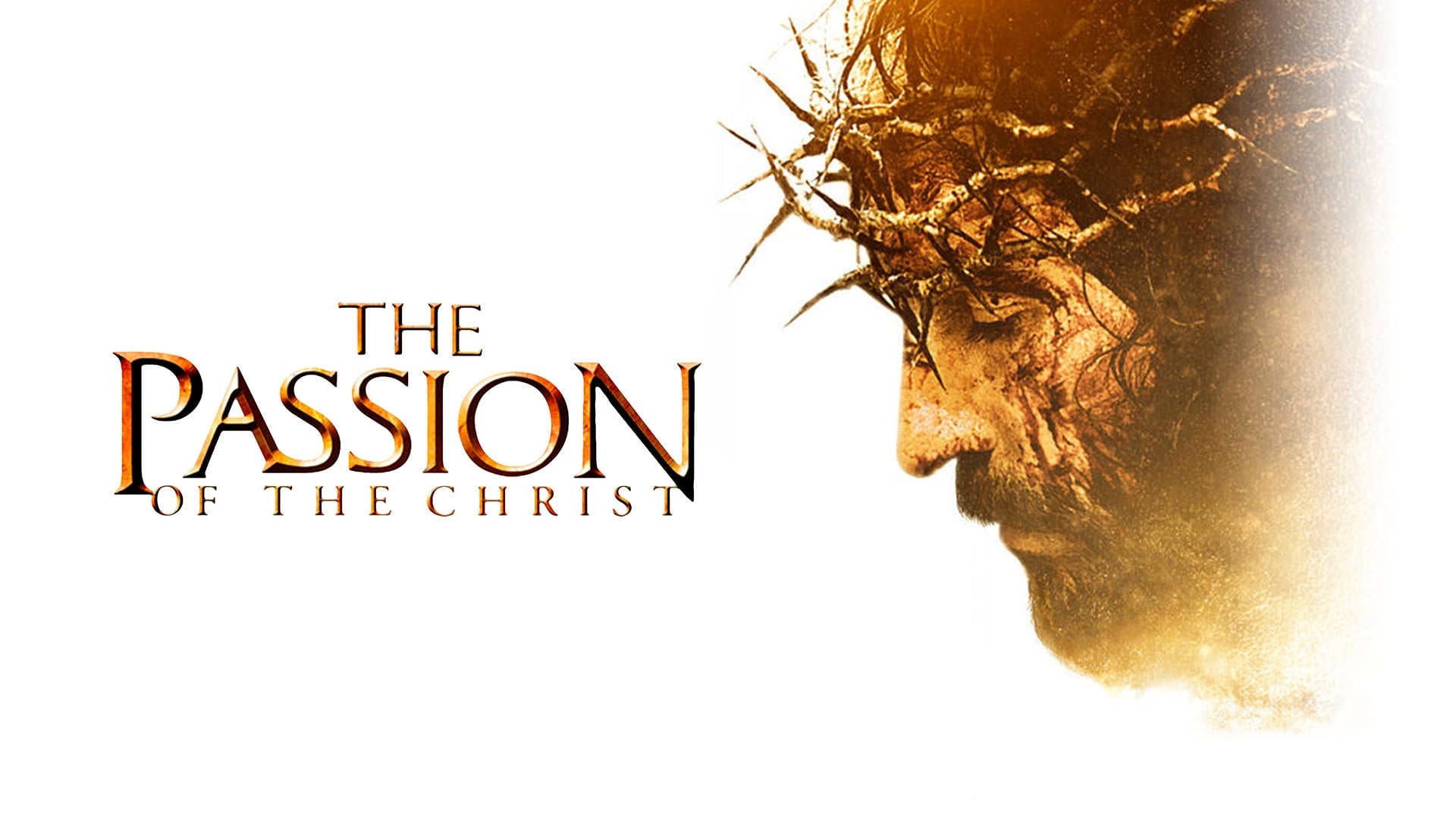


Later, an appearance on EWTN’s Journey Home, a Catholic themed music CD, The Eucharist as the way the Catholics do even now, that was it.

I started reading Crossing the Tiberīy Steve Ray and when I read about the early Church Fathers describing I said “God, since you did this for me, I will doĪnything for you.” well, the very next thought I had was “You will evenīecome Catholic.” The was the last thing I wanted to do, but I left the Saw his suffering so graphically displayed, I knew I had to surrender Had “been saved” in 1973 when I asked Jesus into my heart, but when I Scenes on the Via Crucis, I knew I had to surrender to Jesus. “lead them to Christ.” Well, I just took my family. In 2004 I was just minding my ownīusiness being a devout evangelical protestant(having left Catholicismģ1 years earlier to become a “born-again” Christian.) Our pastor bought aįull theater full of tickets to the Passion so we could take others to that the film is deeply moving, worth seeing for all people, and not anti-Semitic.I fall on the side of those who would encourage others to watch it.

“But the statement does not reverse the Vatican position, expressed repeatedly in recent months - notably by Archbishop John Foley, head of the Vatican office for Social Communications, Cardinal Dario Castrillon-Hoyos, head of the office which oversees all Catholic priests in the world, and Monsignor Augustine Di Noia, the secretary of the Congregation for the Doctrine of the Faith. “The statement,” Inside the Vatican continues, “makes clear its main message that the Pope does not make public judgments about ‘works of art’ (evidently because, being of an "esthetic," and not a moral or doctrinal, nature, works of art, like films, are outside, as it were, the Pope's competence).” In other words, the statement does not deny the Pontiff said “it is as it was,” but explains that, if those words were pronounced, they were not intended to become public.Īccording to a new release from the Catholic monthly “Inside the Vatican,” the statement, “in our view, has a double purpose: it seems to respond to evident pressure to distance John Paul from any direct connection with the upcoming film, while still giving guarded support to the film.” The statement says that “it is the Holy Father's custom not to express public judgments on artistic works, judgments which are always open to diverse evaluations of an aesthetic nature.”


 0 kommentar(er)
0 kommentar(er)
